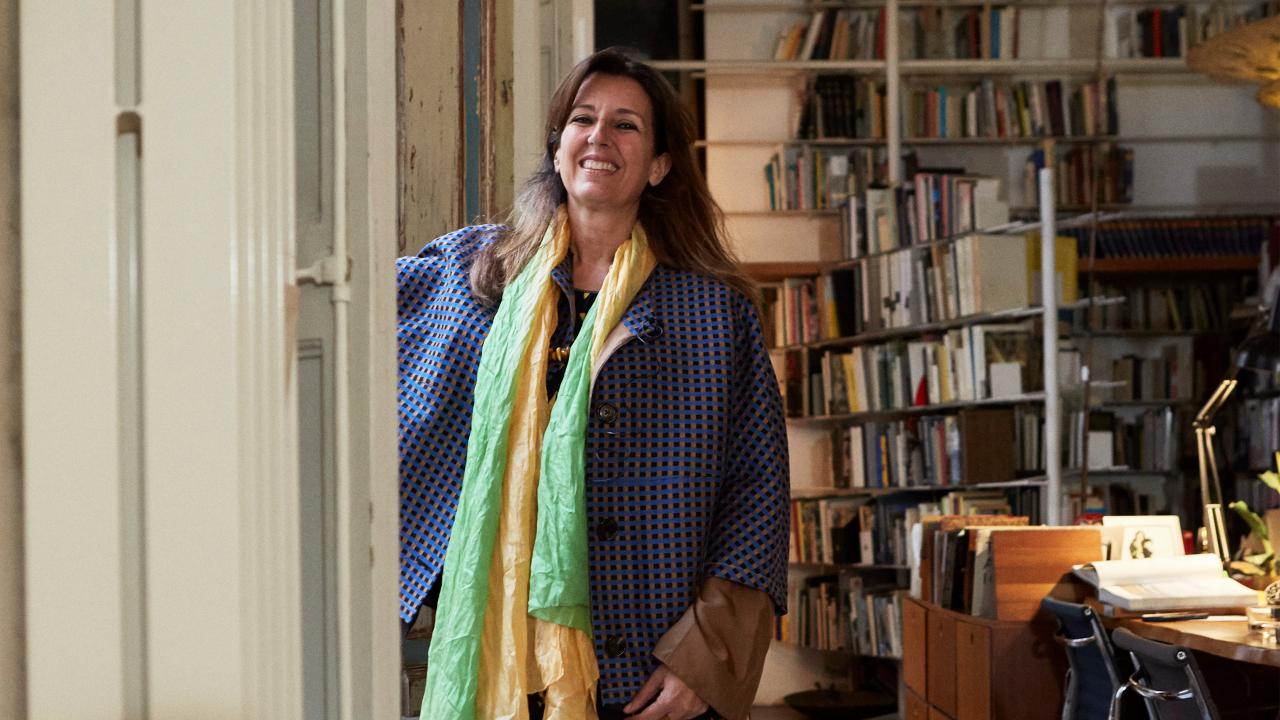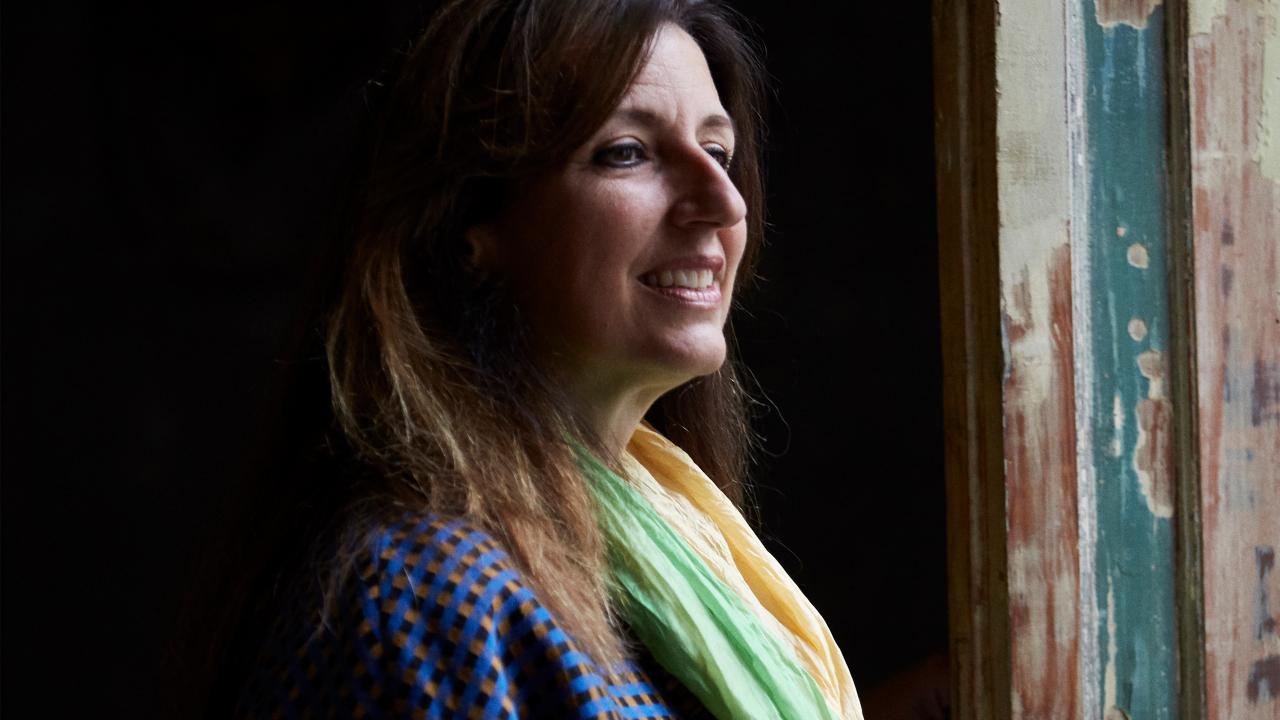IN CONVERSATION WITH BENEDETTA TAGLIABUE
‘I feel Enric is very present. And I still have a kind of conversation with him. Maybe I think he’s participating in what we are doing and he already knows. I’m not sure how to explain the sensation. I have this feeling – he was a very alive spirit.’ Benedetta Tagliabue is remembering Enric Miralles, her husband, partner of their practice EMBT and an architect who possessed a genuinely original, lyrical voice. It seems extraordinary to think that it’s over 20 years since the Catalan died, aged only 45, from a brain tumour. At the time, the practice was knee-deep in the brilliant but controversial Scottish Parliament project in the Holyrood area of Edinburgh, up against a British media on the hunt for someone to blame as the building’s budget rocketed from an initial estimate of £50m to a final figure of £450m.
Two decades on Tagliabue is able to discuss the trauma she felt. ‘I think I was desperate. There was a moment…’ She takes a brief pause. ’I think this happens to everyone who has lost one of the most important people in their lives. I was not able to let the world in. But also, I was so sad that the project might get stopped. It was desperate to see this project crashing and I couldn’t let it crash. So, I think I found energy from places I didn’t know I had and I fought.’ And fight she did. The extraordinary, complex, and occasionally willful, building picked up a clutch of awards when it was completed in 2004, including the Stirling Prize, and Tagliabue emerged from the tragedy with her reputation enhanced.
Since then, the practice has continued to thrive with more than 40 staff, including a small office in China. And Tagliabue has pulled off the trick of becoming a world-renowned architect in her own right, while adroitly continuing to tend to the spirit of her late husband through a foundation she set up in 2011. Its purposes, she says, is to ‘make the work of Enric, the personality of Enric be well known and to start a conversation between his way of doing – which is also our way of doing as an office – and new generations of architects or other types of artists. The idea is to make the conversation go on. Enric was always very experimental. He had a mind that was never conventional. If you posed a problem to Enric he would always answer back with a surprising thing. He was special and that is still coming out from the documents you find in his archives.’
Miralles’ death necessitated an important change in her role. ‘I tried to leave Enric as the great designer, the great architect. I knew he had an incredible gift and I didn’t want to go on top of that. I wanted to make it more well-known, better understood because I thought his gift was unique,’ she says. ‘Until he died, I wouldn’t have been able to describe what I was doing. I didn’t know because we were together so much. Now, after 20 years, I think I’m a little more confident. When he left, I immediately realised how much I knew because we’d spent so much time together.’
We’re discussing all this because a tribute to Miralles has just opened in his home city of Barcelona. The programme, which has been curated by Tagliabue and fellow architect Joan Roig, takes place across six venues, and includes, an exhibition focussing on four of the practice’s most significant projects (including the Scottish Parliament) at Salo del Tinell, as well as a show devoted to his passion for photography at The Centre d’Arts Santa Monica. Arguably, the most unexpected installation can be found at the Disseny Hub. MIRALLES: Perpetuum Mobile will highlight his work as a designer, containing new editions of furniture pieces that were originally made for the couple’s home in Barcelona and which have never been seen in public before.
The work, created with the support of the American Hardwood Export Council, is crafted from a combination of maple, cherry, red oak and tulipwood. The Italian-born architect’s relationship with AHEC started in 2016 with The Workshop of Dreams project, that paired four of Spain’s leading architects and designers with four creatives from a diverse range of disciplines. She produced a family of side tables. ‘Some exquisite pieces came out of the project,’ she says. In fact, it went so well that, subsequently, they teamed up again on Too Good to Waste for Milan Design Week in 2017 and Weaving Architecture at the Venice Biennale the following year.
words by Grant Gibson


